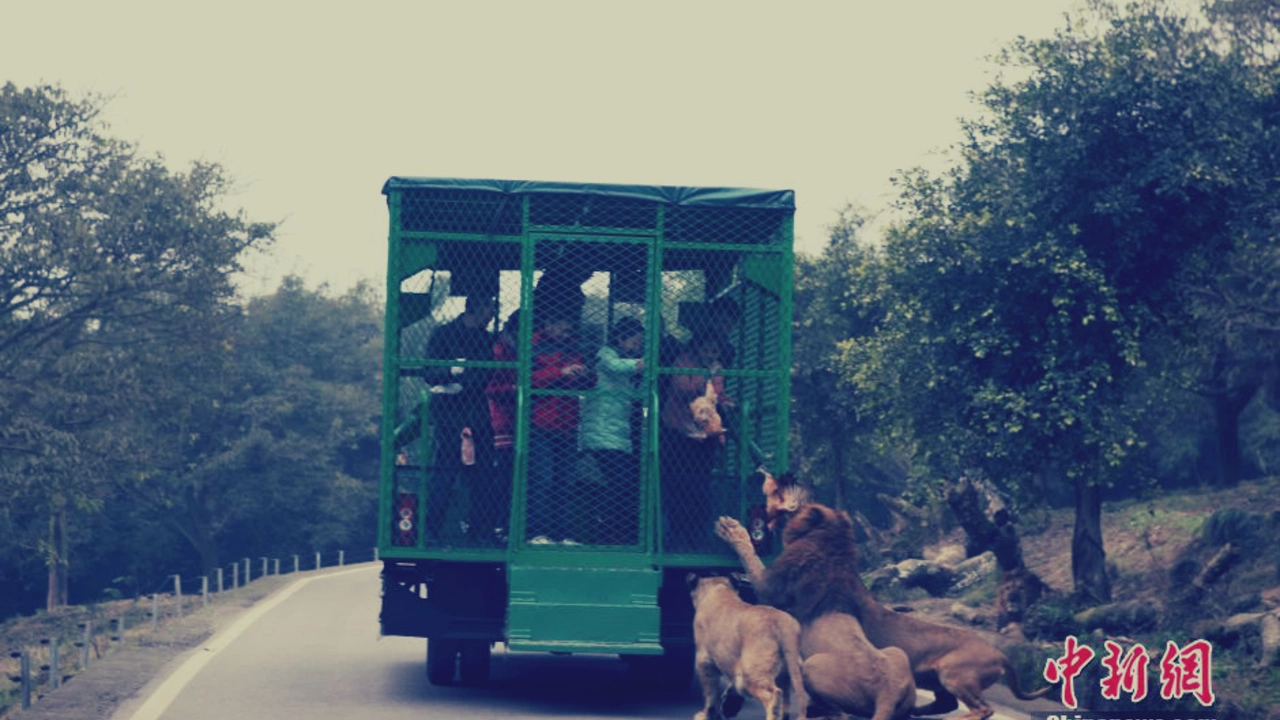The Global Impact of World War II on Zoos
The impact of World War II was felt globally, and it wasn't just humans who bore the brunt of this devastating war; animals in zoos were significantly affected too. The world at war meant that zoos, like other institutions, had to adapt and evolve to survive. This period of history gives us an interesting perspective on how zoos managed to cope with the challenges they faced and how they adapted to the changing circumstances.
Food Shortages and Zoo Animals
One of the most significant challenges that zoos faced during World War II was food shortages. As the war raged on, resources became increasingly scarce. This meant that there was less food available for the animals. Many zoos had to get creative with their feeding strategies, often resorting to unusual food sources to keep their animals alive. In some instances, animals were fed a diet of bread and vegetables, which was far from their natural diet.
Evacuation and Relocation of Animals
The threat of bombings and invasions forced many zoos to evacuate their animals. In many instances, animals were relocated to safer areas, often in the countryside where the risk of bombing was less. This process of relocation was not an easy task, as it involved transporting large and often dangerous animals. In some cases, animals had to be sedated or even put down to ensure the safety of the staff and the public.
Animals as War Efforts
During World War II, some zoo animals were even enlisted in the war effort. Elephants, for example, were used to clear bomb damage in cities. Other animals were used for their fur or other materials. While this was a desperate measure, it was necessary for survival during these challenging times.
Zoos as Bomb Shelters
Zoos also played a role in protecting the public during air raids. In some cities, zoo buildings were used as bomb shelters, providing a safe place for people to hide during bombings. This unusual use of zoos shows how they were integrated into the war efforts and the important role they played in protecting the public.
War Impact on Zoo Staff
The war also had a significant impact on zoo staff. Many zookeepers were drafted into the war, leaving a shortage of staff to care for the animals. This shortage led to increased workloads for the remaining staff and often resulted in less optimal care for the animals. Despite these challenges, many zookeepers demonstrated incredible dedication and commitment to their work, often risking their lives to care for the animals.
Post-War Recovery of Zoos
After the war ended, zoos faced the daunting task of recovery. Many had suffered significant damage and lost a large number of their animals. However, despite these challenges, zoos across the world managed to rebuild and repopulate. This process was aided by the exchange of animals between zoos and the capturing of wild animals. It was a long and difficult process, but zoos managed to recover and continue their important work.
Lessons Learned from World War II
The experience of zoos during World War II provides valuable lessons for today. It shows us the resilience of these institutions and the important role they play in society. It also highlights the need for contingency plans and the importance of preparedness in times of crisis. These lessons are still relevant today and can guide how we manage and protect our zoos in the future.
The Legacy of Zoo Animals in World War II
The legacy of zoo animals during World War II is a testament to their resilience and the dedication of the people who cared for them. Despite the unimaginable challenges they faced, many animals survived and went on to lead long and healthy lives. These animals, and the people who cared for them, are a reminder of the strength and resilience of life in the face of adversity.
